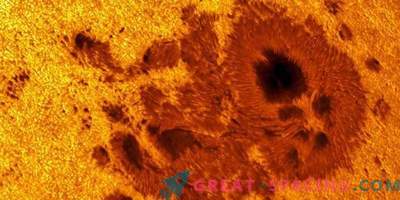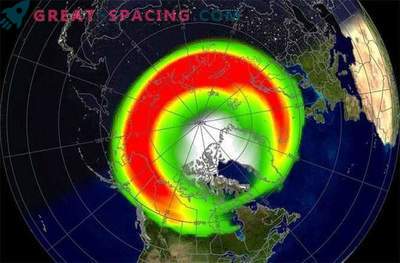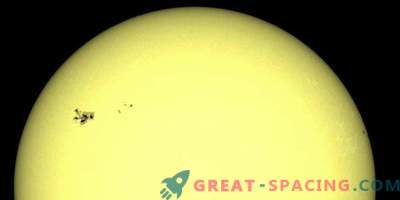
The original copy of the “Diary of the Clan Government in Hirosaki” is kept in the Hirosaki City Library.
Japanese scientists have taken the first steps to understand how the solar rotation cycle affects the activity of terrestrial lightning. Answers are received from unusual sources - diaries of the 1700s.
It is known that long-term, century-old and millennial changes in solar activity affect the Earth’s climate. But it was not clear whether the Sun affects daily or monthly weather. This is a 27-day period of rotation of the sun around the axis (average value). Our star is represented by plasma, so the equator makes a revolution faster than the poles. When areas of high activity, such as sunspots, turn toward the Earth, then there is an increase in UV rays and a reduction in the energy particles bursting into the atmosphere. The researchers decided to clarify whether the 27-day cycle affected meteorological events, like lightning. For information turned to diaries, the record in which was kept more than 150 years. The Hatioji family of farmers (western Tokyo) kept the first diary of the “Diary of the Clan Government in Hirosaki”.
Scientists studied records mentioning thunder and lightning from May to September, when the influence of the cold Siberian air mass in Japan is waning. It turned out that the activity of lightning reached a peak every 24-31 days - a window for full rotation of the spots. It turns out that solar cyclicity plays an important role in changing the weather in Japan.
The team plans to study the detailed mechanism of the influence of the Sun on meteorological phenomena and analyze how the effects of solar activity can spread to Japan.











































